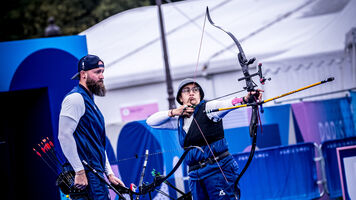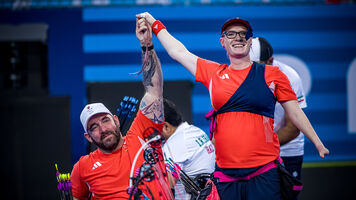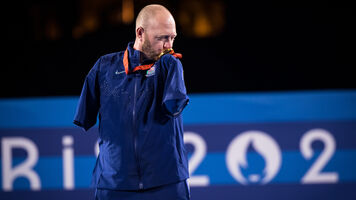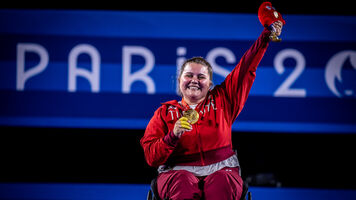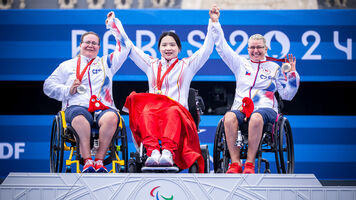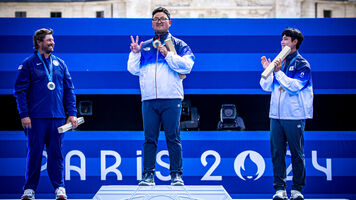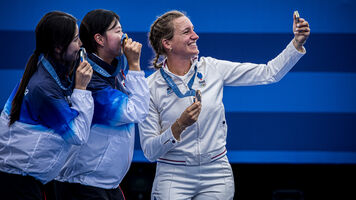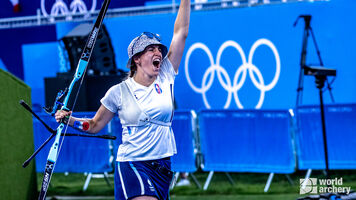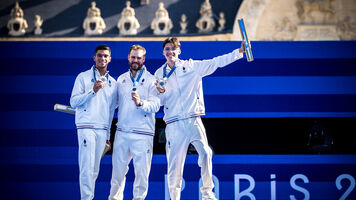5 things you should know about barebow
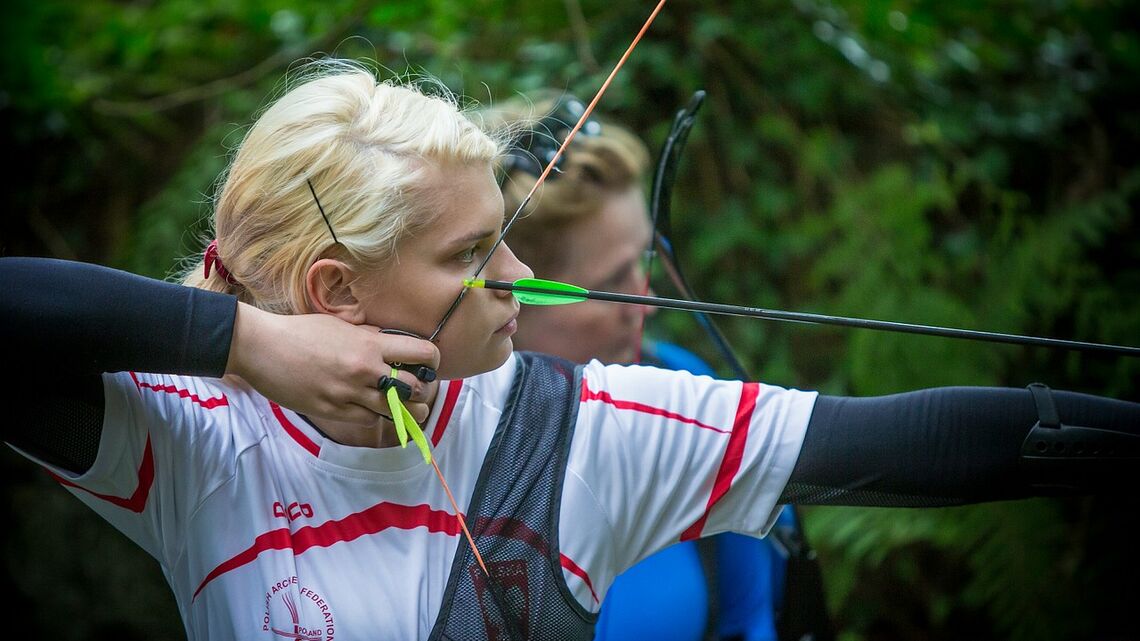
Featuring no sights, stabilisers, a clicker or other useful devices, barebow archers use fieldcraft and archery technique to master the discipline of field archery.
Their attention, focused on a consistent draw length while shooting, must be precise to shoot exactly where they aim.
“If we lose the draw, the arrows will go low and sometimes even miss if you don’t use the correct strength while shooting,” said two-time world champion Lina Bjorklund from Sweden, one of the most successful nations in the category.
Countries from the Scandinavian region and a cross-section of Europe usually take the top spots in field events, where barebow is one of the categories included, alongside compound and recurve.
“Coaches can make a difference in you while shooting, in Italy there are many clubs in where you start shooting with barebows and then switch to either compound or recurve, said Eleonora Strobbe. “I think it’s the same in the Scandinavian countries, so that’s probably why we stay on top.”
Here’s five things you should know about barebow…
1. Not better, but fun
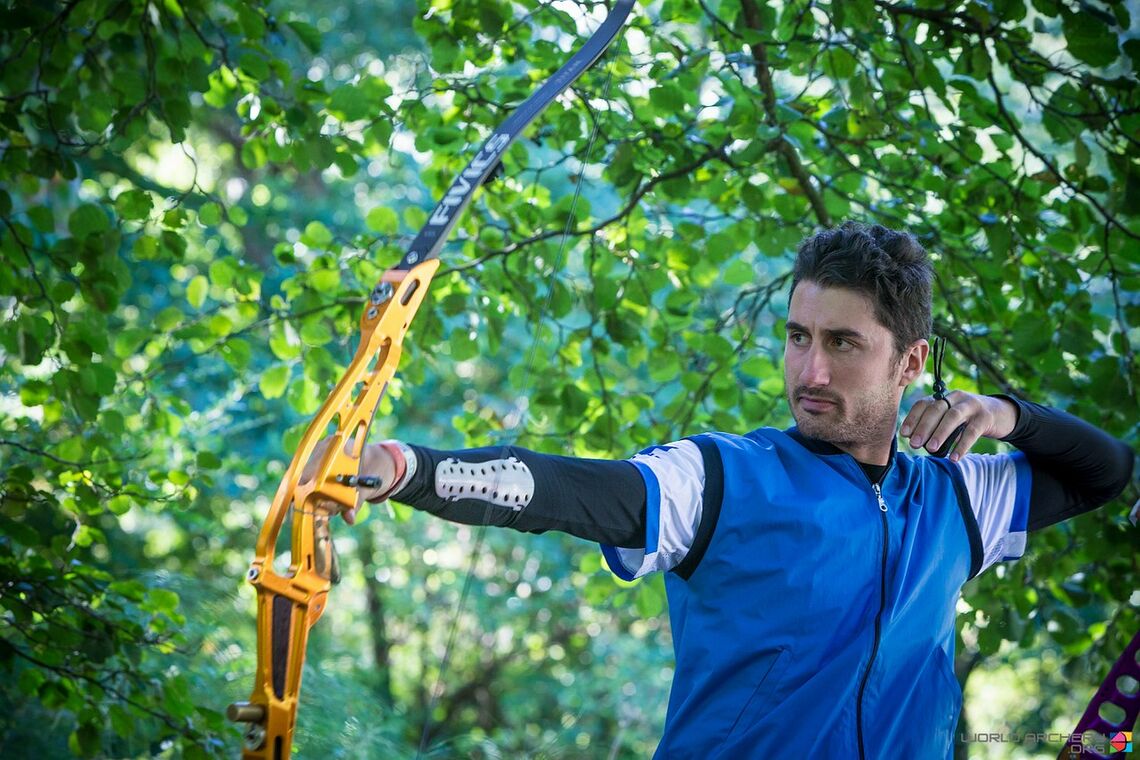
Italy’s Giuseppe Seimandi is a bronze medallist from Zagreb 2014. He picked up archery 16 years ago and started shooting a barebow for fun, with his friends, by the beach in Italy.
“It was love at first sight,” he said. “It was my first love, it all started for fun and then it became something serious. I felt good with it, did some competitions and, then, I decided that I wanted an extra challenge, so I picked the compound bow as well. I’m now a silver medallist in the 3D division with it.”
“I think that all bows have something special, there’s not a bow that’s better than other, but they all have something special that makes you like it the most. I like both the barebow and the compound, but with the barebow, I have more fun, I enjoy more and makes feel a bigger connection with the bow while I’m shooting. The experience itself it’s great.”
2. the origins of archery
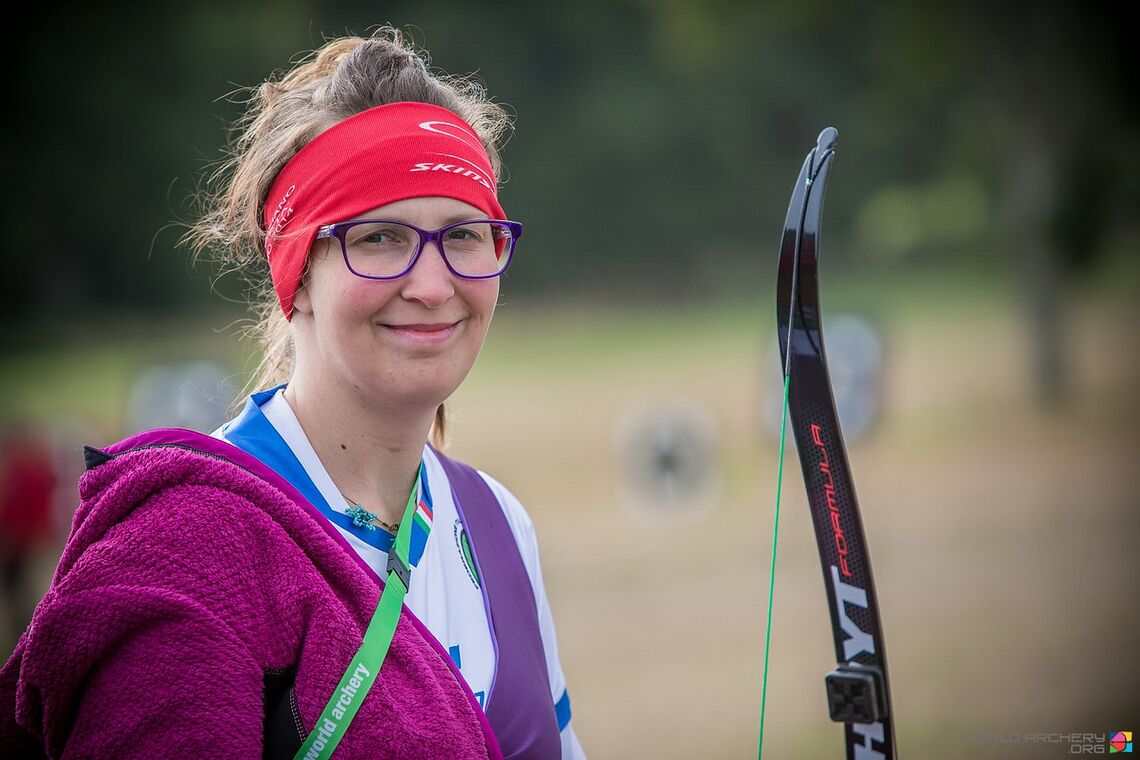
“I don’t think barebow is the purest form of archery,” said reigning Champion Swedish man Erik Jonsson. “Those would be the longbows in all sense. We are also not different from any other archers, but let’s say that barebow, by not using any help while shooting, we do get closer to it.”
Twenty-four-year-old Eleonora Strobbe agreed with Jonsson.
“Neither the barebow, recurve or compound bows are longbows, which I think are closer to the pure form of archery because they are probably the most distinctive.”
“What I like from the barebow, is that you don’t have the distress of the clicker or the sight, so you just get there and release when you feel it. There’s a lot of concentration involved, you have to feel yourself and the bow at the same time. It’s a lot of fun, a lot,” Eleonora added!
3. Mentally challenging
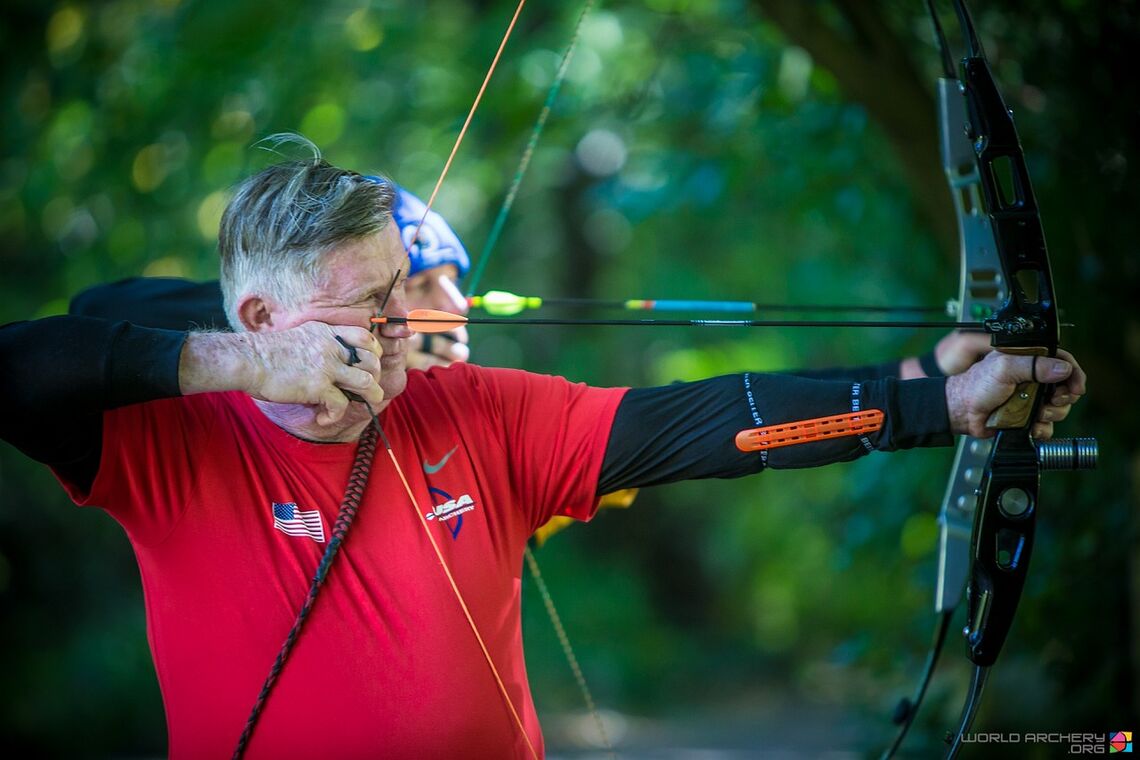
“There’s a difference between shooting to watch arrows fly and shooting to watch how the arrows hit the centre,” said former compound archer Ben Rogers from the USA.
Back in 2009, Ben hurt his forearm and despite trying three-years of rehabilitation, he couldn’t keep shooting the compound. He picked up a 47lbs recurve and then tried the barebow, which he kept.
“You know that you have to have a good mental game to compete with those who shoots to hit the middle, and that’s what I enjoy the most about the barebow. In my opinion, there’s more satisfaction hitting a target without sights on your bow and just doing it the old-fashioned way, than what you do with a sight and a release.”
“It’s challenging because it takes a long time to learn, with a compound the release works like an extra help. Learning how to shoot the barebow or a recurve it’s hard to learn and that’s why it was for a long time on a decline, because people wanted instant gratification and you don’t get immediately, it requires practise.”
“With a barebow you require a lot of concentration. You got to concentrate on what you’re doing, where you’re aiming and eliminate all the distractions.”
4. all perception
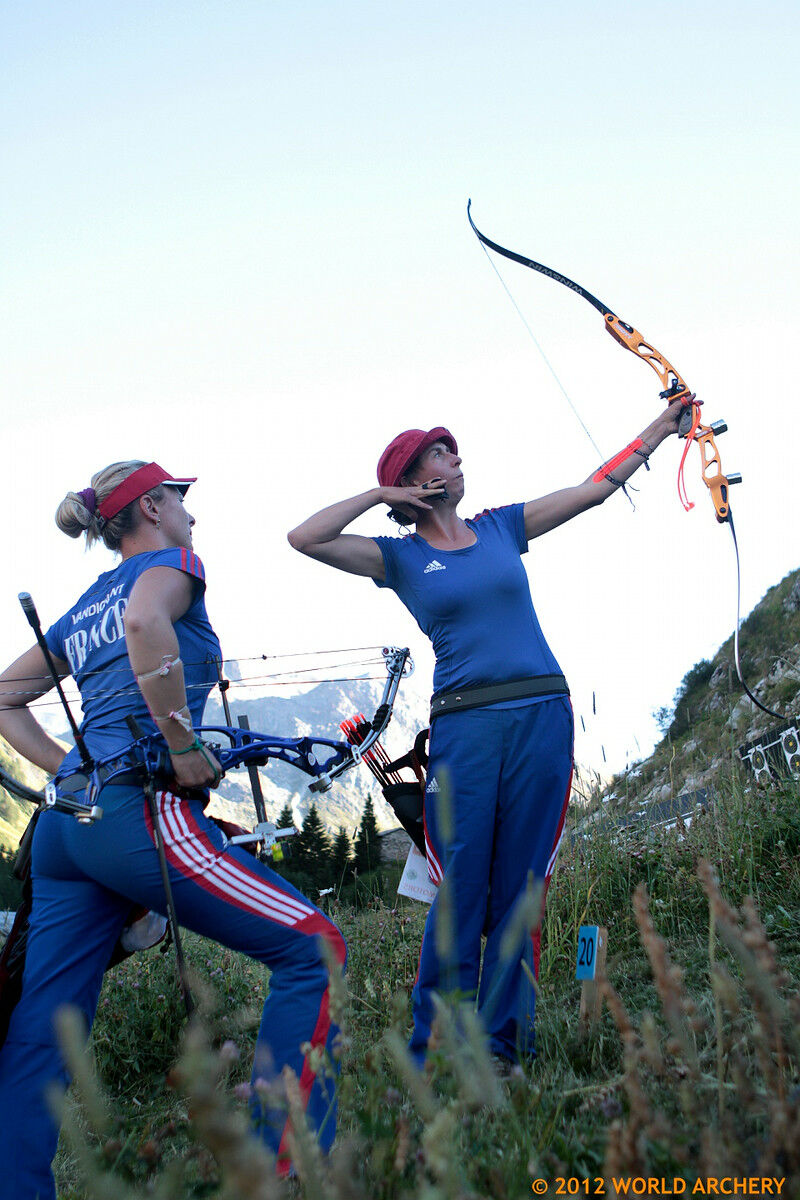
Team silver medallist from Val D’Isere, France in 2012, Eliette Lalouer said she picked up the barebow thanks to a recommendation from her husband. She tried different indoor, field and 3D competitions and it worked.
“Ever since I started shooting with a barebow in 1998, I only took a break when I became a mother because I enjoy it a lot,” Eliette said.
“Shooting a barebow is all about perception because although it’s you and your bow, as in any other category, it’s you who’s judging the distance, the accuracy needed and the position of your body to shoot. There’s a lot of practise involved.”
5. unique
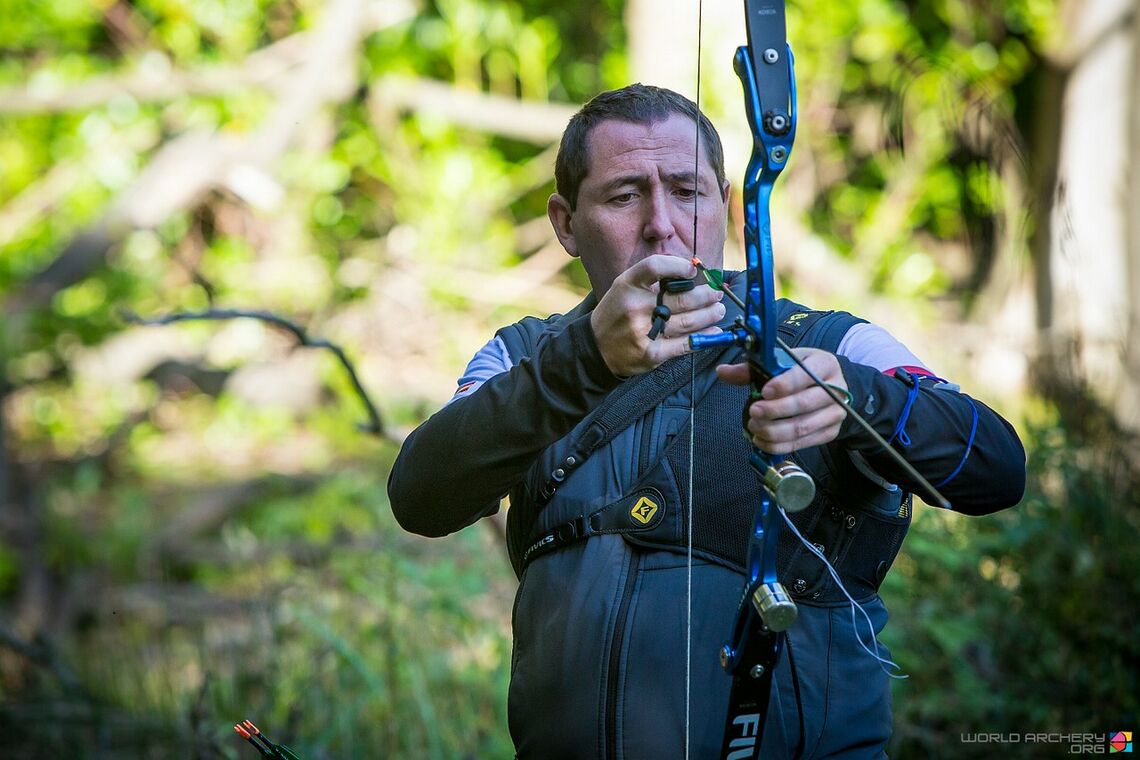
David Garcia is a 3D world team champion. He was second seed during the first day of unmarked qualification in Dublin and Spain’s top barebow man.
The barebow, David said, is the most complete bow because if you learn with it, you can shoot with any other. It’s also unique, especially the speciality that comes when releasing the arrow.
“The barebow is the only bow that you aim exactly where you want to shoot without any help,” he said. “We decide when to shoot, but we enjoy it so much that sometimes it might look that’s all we’re doing.”
“To become a good barebow archer, you’ve got to train all year round but without worrying much about the competition. The more relaxed you are, the better results you get. You also have to watch what others are doing and learn from them. Then, you have to do your own preparation, shoot and enjoy.”
“It’s all about enjoying your shooting.”
The 2016 World Archery Field Championships run 27 September to 2 October in Dublin, Ireland.







